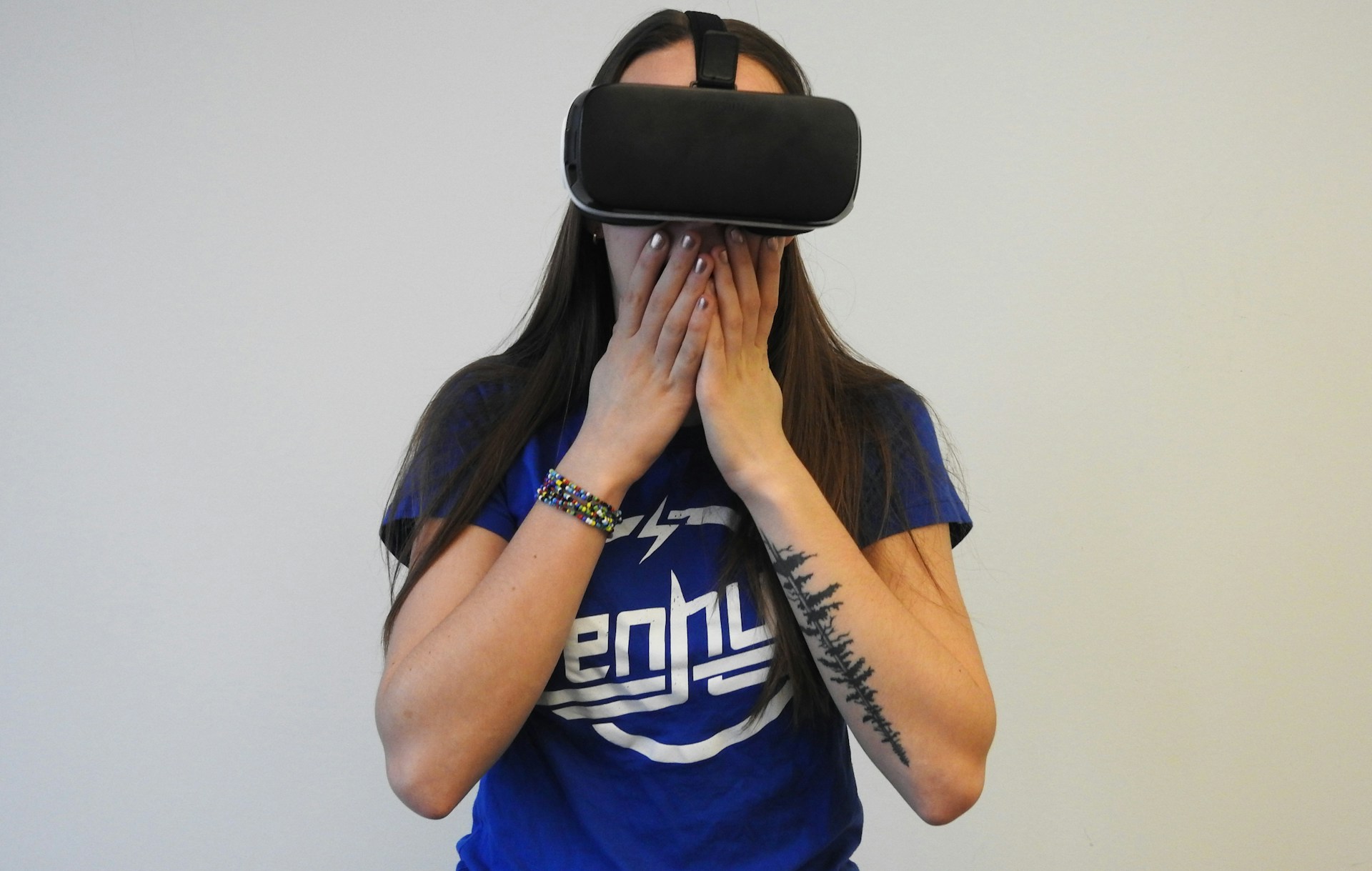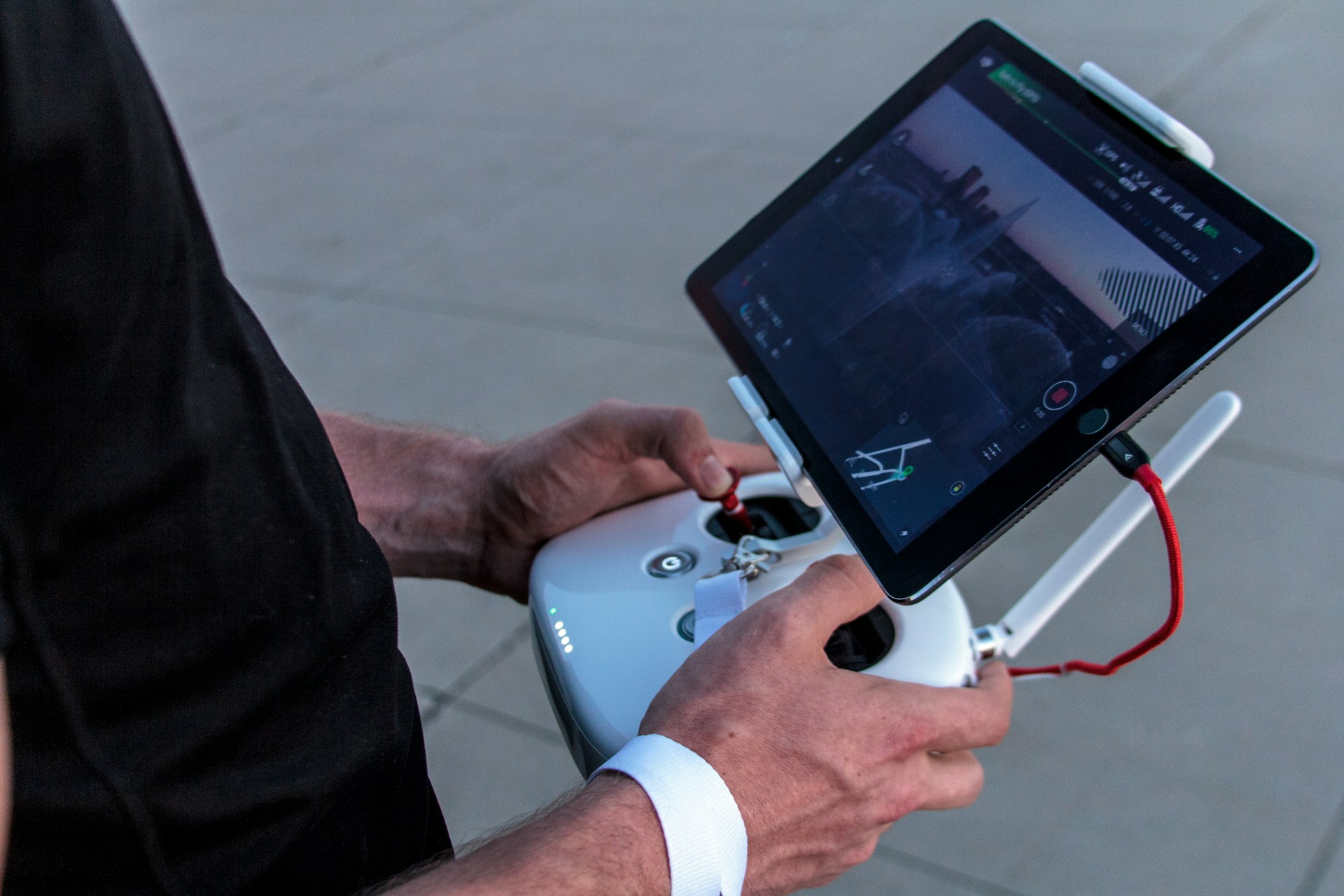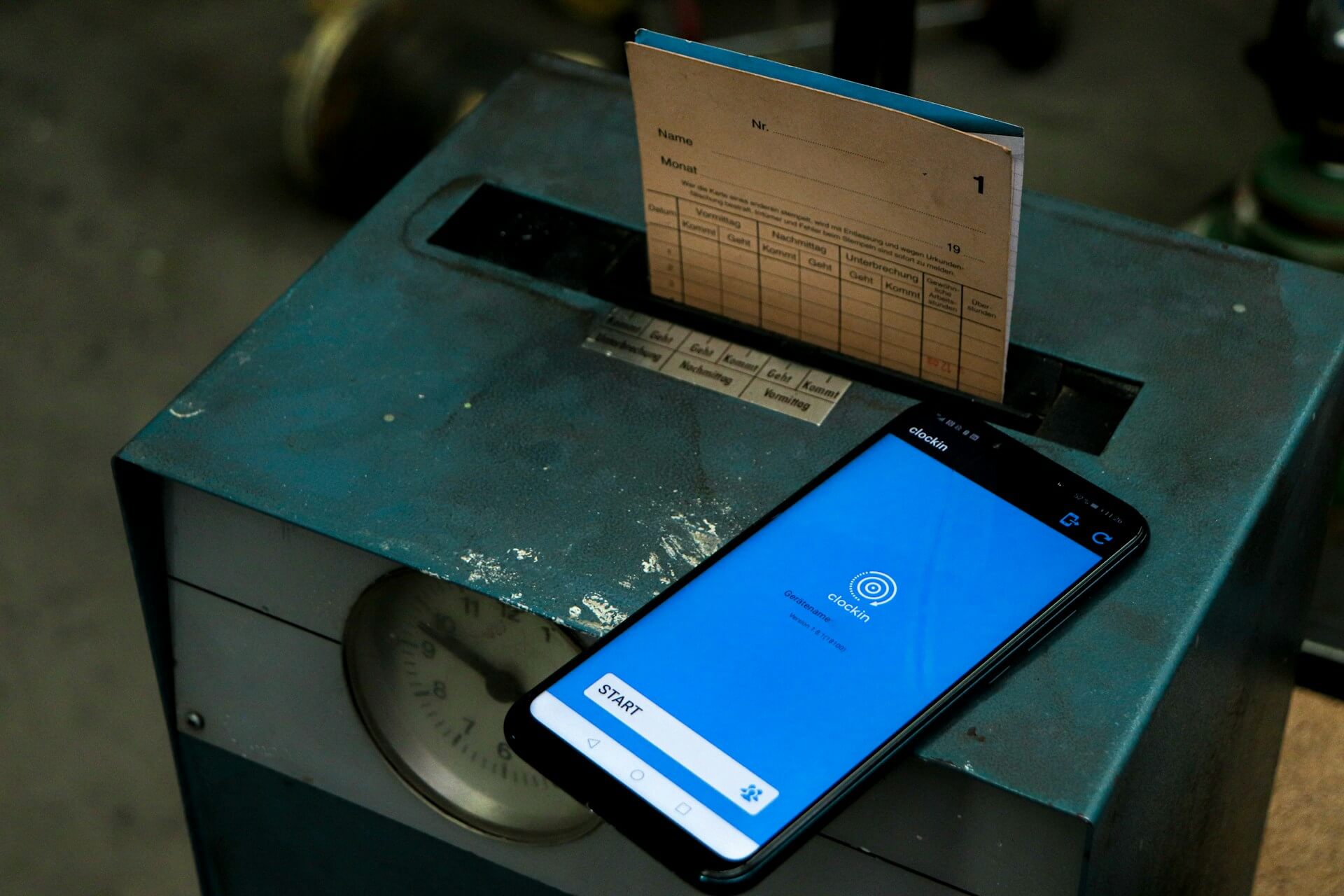In an era where technology and commerce intersect more dynamically than ever, the advent of Augmented Reality (AR) in retail has opened up innovative pathways for retailers to connect with their customers on an unprecedented level.
This digital revolution not only transforms the shopping experience but also paves the way for a more interactive, personalized, and immersive retail environment.
Today, we’ll explore how AR is reshaping the retail landscape, offering profound insights for retailers, tech enthusiasts, and consumer behavior analysts eager to stay ahead of the curve.
The Dawn of AR in Retail
Augmented Reality, a technology that superimposes digital information onto the physical world, is not new. However, its application in the retail sector marks a significant evolution in how consumers interact with products and brands.
From virtual try-ons to in-store navigation and beyond, AR bridges the gap between online and offline shopping, creating a seamless, engaging, and enriched experience.
Augmented reality (AR) is transforming the retail landscape by providing customers with immersive shopping experiences that blend the physical and digital worlds.
Retailers are increasingly leveraging AR technologies to allow shoppers to visualize products in their own space, try on virtual clothing, or even receive personalized recommendations through their smartphones.
This interactive approach not only enhances customer engagement but also supports mental well-being by reducing decision fatigue and increasing satisfaction with purchase choices.
For those looking for additional support in navigating the complexities of modern shopping habits, seeking guidance from the best psychologist in Toronto can offer valuable insights and coping strategies, especially when integrating technology into everyday life.
Transforming the Shopping Experience
Imagine walking into your favorite clothing store, picking up a dress, and immediately seeing how it looks on you in various colors without having to try it on physically.
Or envision pointing your smartphone at a piece of furniture in a catalog and instantly visualizing how it would fit into your living room. These scenarios are not futuristic dreaming; they are current realities powered by AR in retail.
Enhanced Customer Engagement
AR technology captivates users by providing them with engaging and interactive shopping experiences. It allows customers to explore products in fine detail, from every angle, empowering them to make informed decisions.
This level of engagement not only enhances customer satisfaction but also fosters brand loyalty and advocacy.
Personalization at its Best
One of AR’s most compelling aspects in retail is its ability to offer personalized shopping experiences. Consumers can customize products to their preferences, whether it’s altering the color of a sneaker or visualizing how a makeup product would look on their skin tone.
This customization encourages a deeper connection between the consumer and the product, increasing the likelihood of a purchase.
Bridging Online and Offline Worlds
For many retailers, the challenge has been to integrate the convenience of online shopping with the tactile satisfaction of in-store experiences.
AR offers a solution by allowing customers to interact with products virtually while in a physical store or from the comfort of their homes. This integration supports a unified retail strategy, boosting both online and offline sales.
Case Studies: Success Stories of AR in Retail
Several forward-thinking brands have already harnessed the power of AR to elevate their customer experiences and achieved remarkable results:
- Sephora Virtual Artist: Sephora’s AR app allows customers to try on makeup virtually, combining fun experimentation with the convenience of online shopping.
- IKEA Place: IKEA’s AR app enables users to virtually place furniture in their space, ensuring the size, style, and color match their room’s aesthetics before making a purchase.
- Nike Fit: Utilizing AR to scan feet and provide the perfect shoe fit, Nike has significantly reduced the rate of returns and increased customer satisfaction.
The Path Forward
The implications of AR in retail are vast and varied, with potential that stretches far beyond the current applications.
To reap the full benefits, however, retailers must invest in R&D, continuously update their technological infrastructure, and most importantly, keep the customer experience at the heart of their AR strategies.
For retailers, the message is clear: Augmented Reality isn’t just a tool for engagement it’s a transformational force that redefines the shopping experience. It offers a competitive edge in a marketplace that increasingly values innovation, personalization, and immersive experiences.
As technology advances and consumer preferences evolve, the integration of AR in the retail landscape will undoubtedly deepen, paving the way for even more creative, efficient, and meaningful interactions between brands and their customers.
The future of shopping is here, and it’s augmented. To all retailers, tech enthusiasts, and consumer behavior analysts out there: the AR revolution in retail is just getting started.
How will you leverage this technology to transform your business and redefine the shopping experience for your customers?





